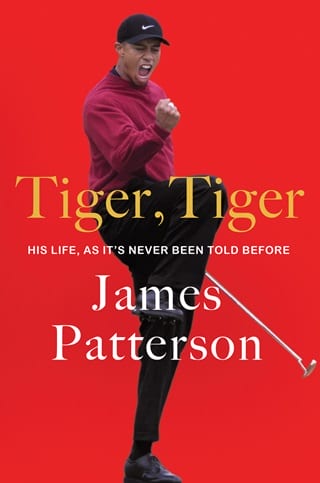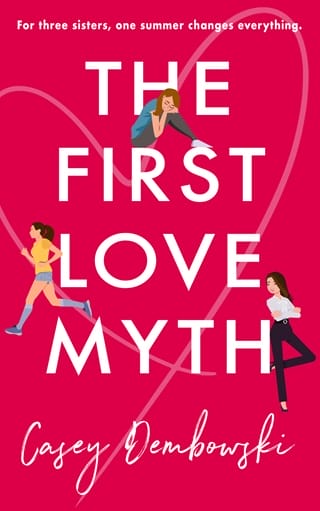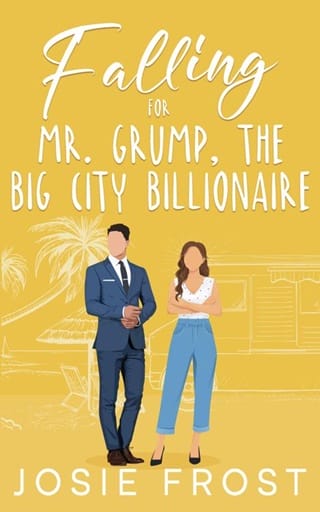Chapter 39
Medinah Country Club
Chicago, Illinois
June 29, 1999
Chicago Bulls superstar Michael Jordan, a fifty-four-hole-a-day golfer, buys a coveted “perpetual membership” in the exclusive Medinah Country Club. The official start date is August 1, but MJ has a guest with a pressing need to walk the host course of the upcoming eighty-first PGA Championship beforehand.
On June 29, Jordan and Tiger play a private practice round. The Chicago Tribune reports: TIGER TO HELP MJ DRILL FOR THE CHICAGO OPEN.
Tiger and Jordan first became friendly via their mutual affiliation with Nike. They’d met back on April 6, 1997, when Tiger watched the Orlando Magic lose to the visiting Chicago Bulls at Amway Arena, Jordan leading his team with thirty-seven points, eight rebounds, and five assists.
“First time I met him. It was great,” Tiger said after the game, reminding curious reporters that the two Nike pitchmen might not immediately have time to play a round of golf because “Michael will be pretty busy… and so will I.”
Two years on, though, they’ve had plenty of time to spend together.
“We talk a couple of times a week on the phone. But not a whole lot about golf,” Jordan told Golf Digest’s Bob Verdi in 1998. Jordan recognizes the kind of pressure that Tiger’s under. “Just because he hits the ball nine miles and wins the Masters by 12 strokes, he’s supposed to have all the answers. He’s supposed to be perfect. Believe me, I know,” Jordan says.
“We call each other brothers because Michael is like the big brother. I’m like the little brother,” Tiger says. “To be able to go to a person like that who has been through it all—and has come out of it just as clean as can be—that’s the person you want to talk to. And on top of that, he’s one great guy.”
Tiger’s in town ahead of the Fourth of July weekend, when he’ll compete in the Motorola Western Open at the nearby Cog Hill Golf and Country Club. “Every single time I come here, I get good vibes,” he says of Chicago.
He likes Medinah, too. Its 120,000-square-foot clubhouse, capped by a sixty-foot rotunda with a hand-painted mosaic ceiling, is eye-popping, but “Tiger loved the course,” caddie Steve Williams says of its 7,401 yards, “because it was so long.”
The property’s 4,161 trees are in full summer leaf, but work on the course is ongoing. “I’m sure the rough will be higher and the fairways narrower,” Tiger says. “I talked to the superintendent, and he said the PGA of America wants the course to play harder than the U.S. Open” (which NBC’s Johnny Miller in June rated as “super tough”).
During the practice round, which Tiger and Michael Jordan share with the tournament director, Greg McLaughlin, and Western Golf Association member Joel Hirsch, Jordan starts asking Tiger about his popular Nike ad.
“It looked like it was digitally enhanced,” Jordan says, needling him.
Tiger shakes his head. “Come here, Michael,” he says. On the back of the 18th, he starts bouncing a Titleist on his sand wedge, then with a grin, smashes it two hundred yards.
His playing partners are stunned. “It was the only time Michael was quiet all round,” says Hirsch.
Tiger makes it look easy, just as he had in the Nike commercial.
To Titleist, the only trick photography is the Nike Golf logo that fills the screen for the final two seconds of the ad. Nike is in its first year of producing golf equipment—products that will directly compete with the Titleist balls and clubs that Tiger is paid to endorse.
The week of the Motorola Western Open, Titleist files a lawsuit in federal court, asserting that Nike’s caused “irreparable harm” by suggesting that Tiger’s playing with Nike equipment. “Nike is exercising rights consistent with its agreement with Tiger Woods,” the company insists. The ads Tiger filmed at Orange County National Golf Center continue to run.
Medinah Country Club dates to the 1920s, and so does Cog Hill, a premier public course thirty miles southwest of Chicago where the galleries at the Western Open fill with fifty thousand people, including many grandparents and parents with children in tow, all asking the same question: “Where is Tiger Woods?”
Tiger’s every move is a source of fascination. “Look, Tiger’s going to the garbage can to throw out his apple core,” one mother alerts her daughter. “Let’s go over there and get a better look.”
On July 4, twenty-three-year-old Tiger sets off more than the usual holiday fireworks when he takes the Western’s top prize of $450,000. In winning the Western—now affectionately renamed Tiger’s Tournament—twice in three years, he becomes the first player since 1934 to win ten pro events before his twenty-fourth birthday. He also regains his number one world ranking, which he’d ceded to rival David Duval back in March. “Being #1 in ’98 and not winning wasn’t that great,” Tiger says. “I prefer winning.”
The PGA Championship’s Wanamaker Trophy, an iconic sterling silver cup, is named for its donor, Lewis Rodman Wanamaker—who in 1916 helped found the PGA—and designed by Dieges & Clust, the same New York firm famed for creating the Heisman Trophy in 1934.
The Wanamaker Trophy is among the largest in professional sports, standing twenty-eight inches high, twenty-seven inches wide, and weighing twenty-seven pounds, with the name of every winner engraved upon its silver surface.
Tiger wants his name to be next. Steve Williams wants that for him, too. Over the past five months of caddying, Williams has witnessed the PGA’s top player compete in ten tournaments and win three, but the 1997 Masters, more than two years ago, remains Tiger’s sole major championship win. Butch Harmon encourages him: “If you play your game, you can’t be beaten. Now let’s go get your second one.”
The eighty-first PGA Championship is the first one to be held at Medinah. Spaniard Sergio Garcia, in only his third month as a pro, makes a third-round charge to match Tiger’s third-round score of 68, bringing Garcia to 207 after fifty-four holes to Tiger’s 205. The final may come down to the two youngest players in the field.
Garcia is a fierce competitor who plays by the three-word motto Suerte o muerte, meaning “luck or death.” Given Tiger’s demonstrated ability for winning when he’s ahead going into the fourth round, Garcia has no choice but to go for broke.
The Chicago Tribune gives Tiger the edge: CALL THE ENGRAVER reads the Sunday morning headline about the blank space on the Wanamaker Trophy. Tiger’s dad, Earl, travels to watch his son play.
On August 15, Tiger birdies the 2nd, opening up a four-stroke lead. On the 7th, another birdie extends his lead over Garcia to five. But when Tiger bogeys the 12th and double-bogeys the 13th, Garcia seizes his chance. The teenage phenom storms back, electrifying the crowd with his charisma and shot making. On the 16th, Garcia banana-slices the ball, curving it strongly from left to right around a tree trunk, sprinting along the arc of his shot to see the ball make a miraculous landing on the green. He then two-putts from sixty feet.
Tiger bogeys the hole. His lead is down to a single shot when, on 17, he hears a call from the gallery: “Hope you don’t slice it in the water.”
He doesn’t, but he does miss the 17th green to the left. He needs to get up and down to save par. He studies the line from both sides, then consults with Williams.
“The line is just inside the hole,” the caddie says. “Inside left.”
“That’s perfect.” Tiger sinks the putt, looks up, and gives Williams a wink.
On the 18th, a chant rings out from the grandstand. “SER-GI-O! SER-GI-O!”
“It looks like they love me,” says Garcia. “I said when I turned pro I wanted to be the No. 1 golfer in the world. So I knew I would be a rival for Tiger.”
Tiger feels it, too. Garcia, he says, “has a tremendous amount of fight. You can see it in the way he plays, just the way he walks around the golf course.”
Tiger knows his father is watching from afar as his five-stroke lead over Garcia shrinks to one, coming down to one last must-make putt on 18.
“He knows where I am at all times,” Earl says of Tiger as he mentally wills his son, Trust your stroke.
Tiger makes the putt, clinching a one-stroke victory and becoming the youngest player to win two majors since Seve Ballesteros did it in 1980. When Earl comes out to embrace him, Tiger gives him a grin: “I heard you, Pop.”
 Fullepub
Fullepub 



